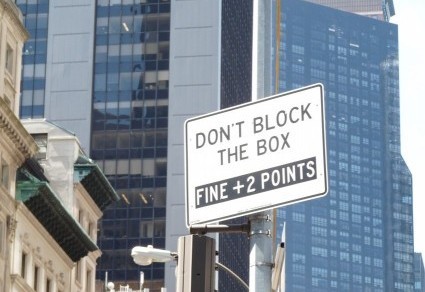Words slide from one part of speech to another all the time. How else could I meet some Yankees (noun) or watch Yankees baseball (adjective)? Nor is it rare for words to pick up new and fanciful definitions, though I confess that the first time I see the unexpected, I tend to assume the writer is wrong. Alas, pride does indeed go before a fall, because often I am wrong and what I thought was an error turns out to be a creative expression or a specialized usage.
Are these sign-writers visionary, knowledgeable, or grammatically inept? I’ll let you decide.

Man shirt?
The usual expression is “men’s shirt” or, in an apostrophe-stricken way, “mens shirt.” “Men’s” with the apostrophe is a possessive noun. Without the apostrophe it’s a mistake. “Man shirt” turns “man” into an adjective. The dictionary allows for “man” as a noun (the man at the counter), a verb (to man the barricades) or an interjection (Man! That was awesome!) True, I don’t flinch at “man cave” (not at the wording, anyway). Perhaps the sign-writer didn’t want the correct but trite “men’s shirt.” But how to change it? “Male shirt” endows the clothing itself with gender. “Shirts belonging to men” is too long and often inaccurate, as lots of people who aren’t men like the button-down look. “Masculine shirt”? That seems to rely on outdated stereotypes. Maybe “man shirt” isn’t so bad after all.
Moving on:
 In my ignorance I was ready to impose an “unauthorized part of speech” penalty — until I looked up “creative” in the dictionary, which enlightened me to the fact that “creative” can be a noun applied to people who, well, create for a living: writers, artists, composers, and so forth. Apparently I’ve been a “creative” for decades and never knew it.
In my ignorance I was ready to impose an “unauthorized part of speech” penalty — until I looked up “creative” in the dictionary, which enlightened me to the fact that “creative” can be a noun applied to people who, well, create for a living: writers, artists, composers, and so forth. Apparently I’ve been a “creative” for decades and never knew it.
Last one:

“Availability” as a noun is pretty common, but usually in the abstract sense: “Her immediate availability makes her the ideal candidate for Fire Warden, because two million acres are aflame and another million at risk.” But every dictionary definition of “availability” begins with “the quality of” or “the state of,” not “the place where.” On the sign, “availabilities” is a stand-in for “property you can rent if you have enough money.” (A little research into real estate prices showed me that “availabilities” are more expensive than “space for rent.”) Before I leave this sign, I have to address the meaning of “RSF.” I found a site listing 53 meanings for this acronym. I scrolled past “Royal Scots Fusiliers,” “Resource Selection Function,” “Rivista di Studi Fenici” (Journal of Phoenician Studies) until I arrived at “Rental Square Feet,” which seemed more apt than Scots, ecologists, and Phoenicians.
This whole post, by the way, arose from a New York Times article that quoted the phrase “negative effectives” from a judge’s decision. Given that an “effective” is a “soldier ready for battle” and the ruling was about the military, the phrase might have made sense. Sort of. Then I checked other papers, all of which referred to “negative effects.” Sometimes a “new usage” isn’t creative or specialized. It’s just a typo.
Moral of the story (and note to self): Check before you scoff.


